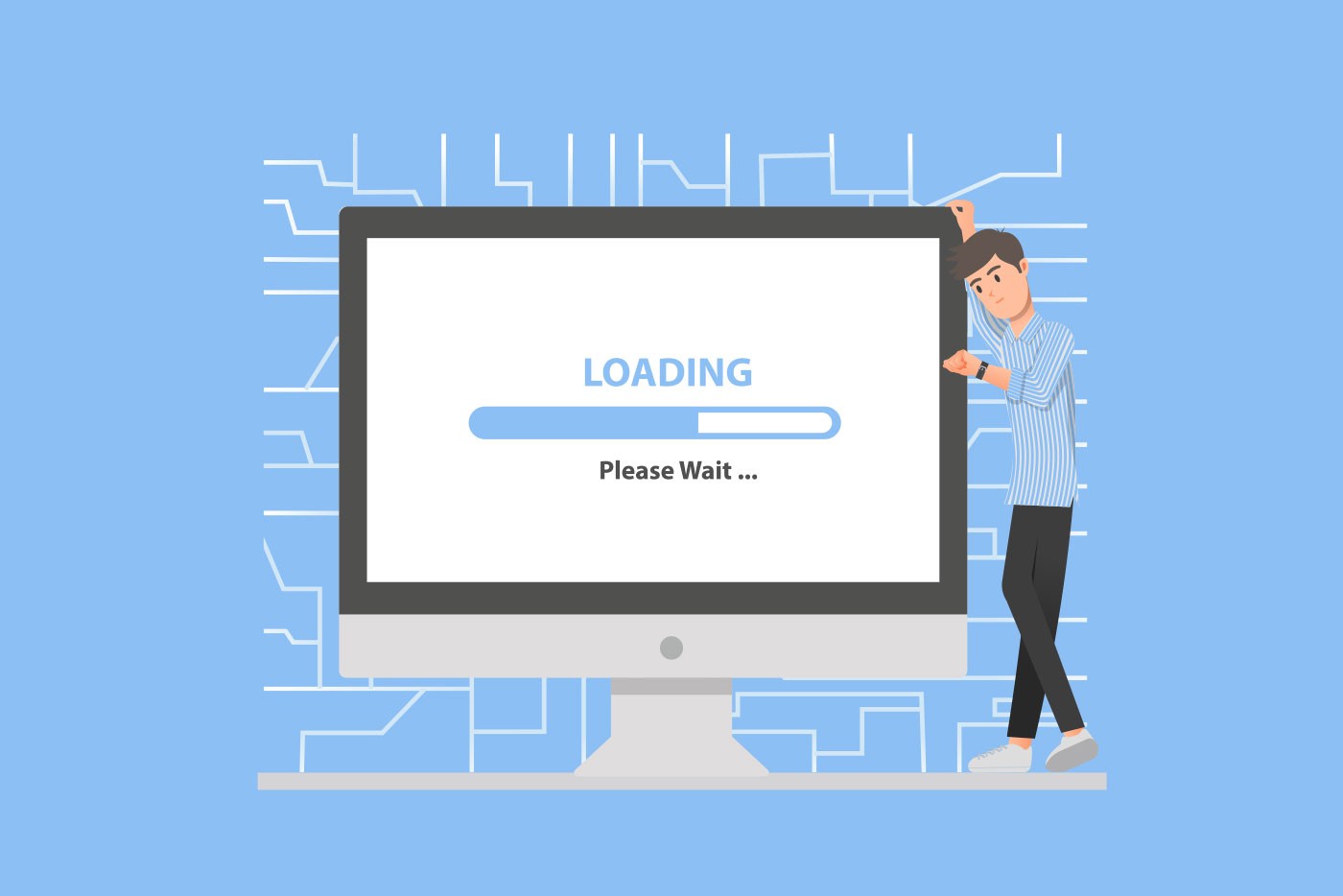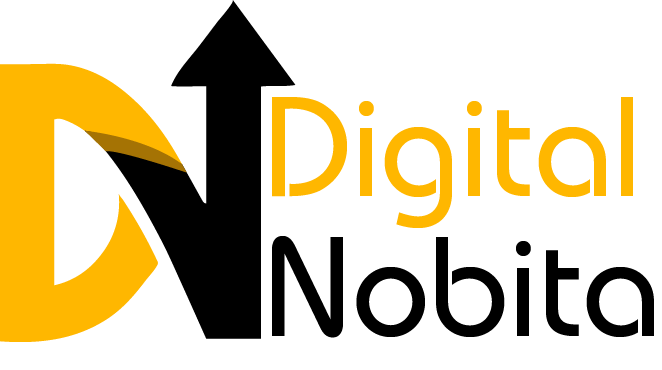
10 Quick Ways to Improve Page Loading Speed of Websites
In today’s digital age, where users expect instant access to information, the speed at which your website loads can make or break your online success. Studies have shown that even a one-second delay in page load time can result in decreased customer satisfaction, increased bounce rates, and lower conversion rates. Therefore, optimizing your website’s page speed is not just about user experience but also impacts your SEO rankings and overall business performance.
Why Page Loading Speed Matters
Before diving into the techniques to improve your internet internet website’s web page loading tempo, allow’s recognize why it topics:
User Experience: Users pick out out fast-loading websites and are much more likely to desolate tract gradual ones.
Search engine optimization: Google uses page speed as a rating trouble, affecting your website’s visibility in seek engine results.
Conversion Rates: Faster net web sites generally tend to have better conversion prices and decrease leap expenses.
Mobile Optimization: Mobile customers count on even faster load instances due to varying network speeds.
Strategies to Improve Website Page Loading Speed
Now, allow’s explore 10 effective strategies you may positioned into effect to enhance your internet site’s net web page loading speed:
-
Optimize Images
Images are regularly the most important elements on a webpage and may significantly sluggish down loading times if now not optimized. Here’s how you can optimize photographs:
- Use Proper Formats: Use JPEG for pix and PNG for pictures with transparency.
- Compress Images: Reduce document duration without compromising excellent the usage of gadget like Photoshop, TinyPNG, or Squoosh.
- Lazy Loading: Load pictures simplest whilst they are visible to the patron (mainly beneficial for lengthy-scrolling pages).
-
Minify CSS, JavaScript, and HTML
Minification reduces the dimensions of your CSS, JavaScript, and HTML files via way of getting rid of pointless whitespace, remarks, and formatting. This can accelerate load times by using using lowering the quantity of statistics that wants to be transferred:
- CSS: Use device like CSSNano or MinifyCSS.
- JavaScript: Tools which includes UglifyJS or Closure Compiler can help.
- HTML: Minify HTML using online device or plugins.
-
Enable Browser Caching
Browser caching allows browsers to shop a net web page’s files (which encompass photos, CSS, and JavaScript) on someone’s neighborhood tool after the primary go to. This method next visits will load quicker because the browser doesn’t want to re-down load all of the files:
Set Cache Expiration: Configure your server to set how prolonged every shape of record want to be cached (e.G., pictures for three hundred and sixty five days, CSS/JavaScript for one week).
-
Use a Content Delivery Network (CDN)
A CDN distributes your website’s static files (collectively with snap shots, CSS, and JavaScript) across more than one servers international. This reduces the bodily distance some of the person and the server, resulting in quicker load times:
- Select a Reliable CDN: Popular alternatives embody Cloudflare, Amazon CloudFront, and Akamai.
- Implement Properly: Ensure all static assets are being served via the CDN.
-
Reduce Server Response Time
Server response time (additionally called Time To First Byte or TTFB) is the time it takes for a browser to accumulate the number one byte of facts from your server. Improve server reaction time with the useful resource of:
- Upgrade Hosting: Choose a terrific net hosting company with fast servers.
- Optimize Server Software: Configure your server software (e.G., Apache, Nginx) for better regular usual performance.
- Use Caching: Implement server-element caching answers like Varnish or Memcached.
-
Optimize Critical Rendering Path
The critical rendering course refers back to the series of steps the browser takes to render a internet website. Optimize this path to make certain the browser can render the website as fast as possible:
Inline Critical CSS: Inline CSS required to render above-the-fold content material.
Defer JavaScript: Load non-important JavaScript after the primary content material has loaded.
Preload Important Resources: Use <link rel=”preload”> to prioritize fetching of important property.
-
Implement Lazy Loading
Lazy loading delays the loading of non-vital assets (which consist of photographs or films) till they will be desired. This can extensively enhance initial internet page load instances:
- Lazy Load Images: Use JavaScript libraries like LazyLoad or community browser lazy loading (supported in present day browsers).
- Lazy Load Videos: Embed movies with a placeholder picture that hundreds most effective even as the person interacts with it.
-
Reduce Redirects
Redirects create additional HTTP requests and increase load times. Minimize the use of redirects where viable:
- Audit Redirects: Identify pointless redirects and cast off them.
- Update Internal Links: Ensure inner hyperlinks element at once to the final excursion spot.
-
Optimize Above-the-Fold Content
Above-the-fold content cloth refers back to the a part of a net website this is visible with out scrolling. Prioritize loading this content cloth material rapid to enhance perceived load instances:
- Minimize CSS and JavaScript: Only include critical patterns and scripts for above-the-fold content material material.
- Optimize Images: Ensure photos above-the-fold are optimized and load fast.
-
Monitor and Optimize Performance Regularly
Lastly, often display your net website online’s regular overall performance the use of device like Google PageSpeed Insights, GTmetrix, or Pingdom. Continuously optimize primarily based totally on those insights:
- Set Performance Budgets: Define and show ordinary overall overall performance dreams (e.G., load time below three seconds).
- Test Across Devices: Ensure your net site masses brief on laptop systems, drugs, and cell devices.
- Stay Updated: Keep your internet site’s software program, plugins, and problems up to date for first-rate ordinary standard overall performance.
Conclusion
Improving your internet web website’s web page loading velocity is essential for enhancing individual experience, boosting are seeking engine advertising and marketing scores, and growing conversions. By imposing those 10 brief and powerful techniques—optimizing images, minifying code, allowing caching, the use of CDNs, decreasing server response times, optimizing the crucial rendering route, enforcing lazy loading, reducing redirects, optimizing above-the-fold content cloth, and tracking performance—you may considerably enhance your internet web web site’s tempo and ordinary universal performance. Remember, speed matters in the digital international, and a quicker website can lead to happier customers and higher industrial employer effects.For that, we suggest you get Trionfo’s help of a Digital Marketing Services







